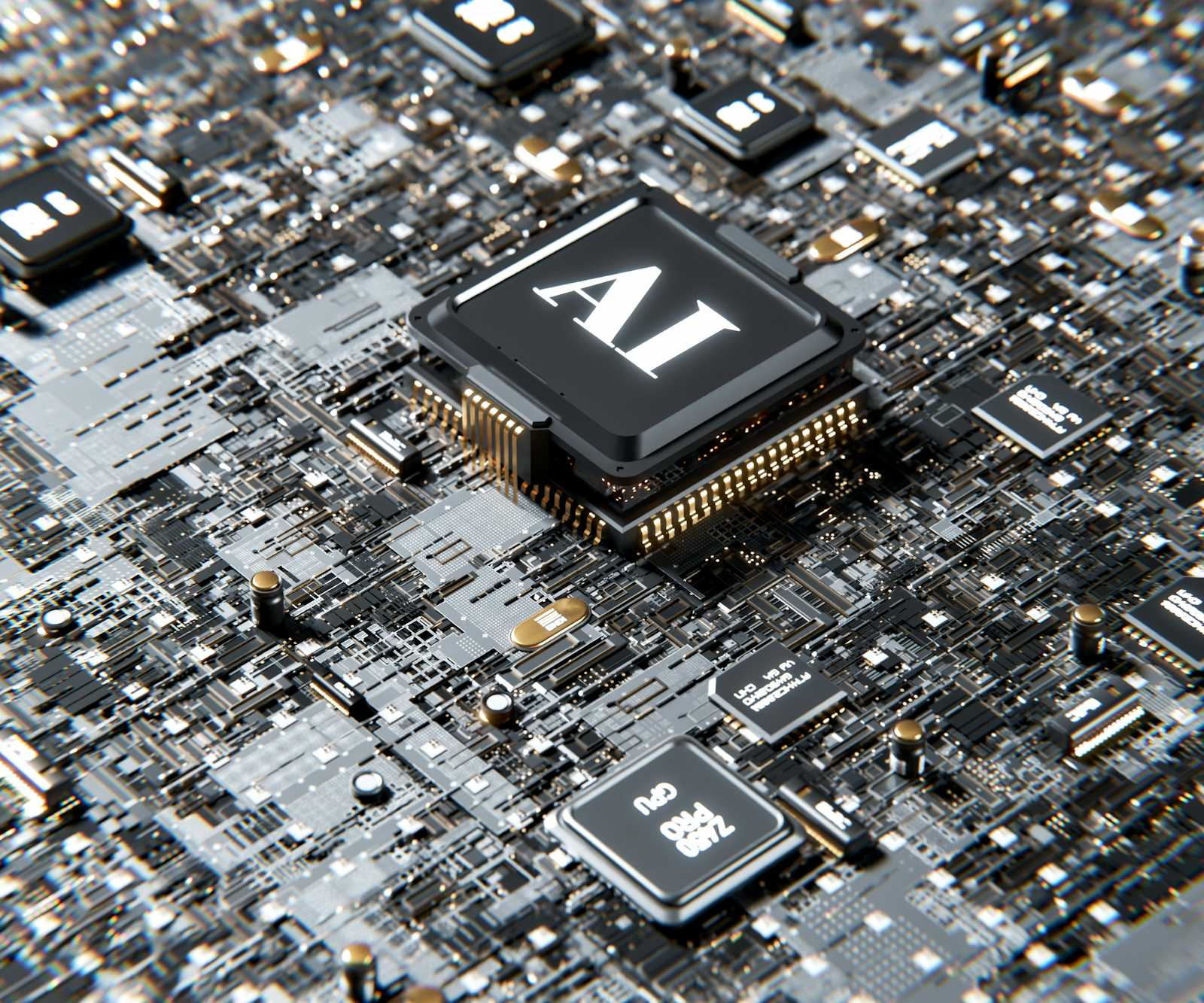A Journey into AI Engineering: My First Two Weeks as a Junior AI Engineer
 aakas
aakasTable of contents

Introduction
Embarking on a career in AI engineering has been both exciting and challenging. Over the past two weeks, I have immersed myself in the world of AI as a Junior AI Engineer. My responsibilities have centered around generating bulk embeddings of PDF files using OpenAI's embedding APIs and working on the LangChain and LangGraphs agents. While two weeks may seem like a short period, it has been packed with learning, problem-solving, and technical growth.
Getting Started with AI Engineering
Entering the field of AI engineering requires a deep understanding of various machine learning concepts, data structures, and computational efficiency. My first few days were dedicated to setting up my development environment, familiarizing myself with company processes, and understanding the scope of my role. I also spent time going through documentation and exploring the various AI tools that I would be working with, particularly OpenAI’s embedding APIs and LangChain.
Bulk Embeddings of PDF Files
One of my primary tasks was to develop bulk embeddings for PDF files using OpenAI's embedding APIs. This task required several steps, including:
Extracting Text from PDFs:
- I used libraries like PyMuPDF to extract text from PDF files efficiently. These tools helped process various document structures, handling text alignment, tables, and images.
Preprocessing the Text Data:
- Text extracted from PDFs often contains unnecessary white spaces, line breaks, or special characters. Cleaning and preprocessing this data was essential to ensure high-quality embeddings.
Generating Embeddings with OpenAI’s API:
- I leveraged OpenAI’s embedding models to convert textual data into vector representations. These embeddings are crucial for tasks such as document similarity, search indexing, and information retrieval.
Efficient Storage and Retrieval:
- Since we were dealing with bulk data, I optimized storage solutions using vector databases like Pinecone. These databases allowed for efficient retrieval and querying of embeddings.
Performance Optimization:
- Processing large PDF files in bulk required me to implement batching techniques and parallel processing to speed up execution time. I also experimented with different model configurations to balance accuracy and efficiency.
LangChain and LangGraphs Agents
Additionally, I had the opportunity to work on LangChain and LangGraphs agents. These agents enhance AI capabilities by enabling advanced functionalities, such as:
Automating AI Decision-Making:
- LangChain provides tools to build AI agents that can reason and take actions based on input queries. I worked on designing and implementing modular AI agents that interact with knowledge bases, execute tasks, and respond intelligently.
Graph-Based AI Workflows with LangGraphs:
- LangGraphs allowed me to structure AI workflows using a graphical approach. Instead of traditional linear processing, LangGraphs enabled dynamic decision paths, making AI models more flexible and adaptable.
Use Cases and Practical Applications:
- By integrating these agents, I was able to create applications that improve search functionalities, automate customer support responses, and enhance natural language understanding capabilities.
Key Challenges and Solutions
As with any new role, I encountered several challenges in my first two weeks. Some of the major hurdles included:
1. Handling Large-Scale Data Processing
Dealing with bulk document embeddings required efficient memory management and computational power. To optimize performance:
I implemented batch processing instead of processing individual files sequentially.
I leveraged cloud-based computation for scalability.
2. Debugging AI Model Outputs
AI models sometimes produce unexpected outputs due to variations in data quality. To address this:
I fine-tuned model parameters and experimented with different embedding strategies.
I logged and analyzed errors systematically to refine processing techniques.
3. Understanding Complex LangChain Workflows
LangChain introduces many functionalities that require a solid grasp of AI architectures. To accelerate my learning curve:
I studied existing implementations and real-world use cases.
I built prototype AI agents before scaling them to full applications.
I collaborated with senior engineers to gain insights into best practices.
Lessons Learned and Growth
These two weeks have been incredibly valuable in shaping my understanding of AI engineering. Some of my key takeaways include:
The Importance of Data Quality – AI performance heavily relies on high-quality input data. Ensuring proper pre-processing and validation significantly improves model accuracy.
Efficient AI Deployment Matters – Building an AI model is just the first step; optimizing for speed, memory usage, and scalability is equally crucial.
Learning Never Stops – AI is a fast-evolving field, and staying up-to-date with new tools and methodologies is essential for continuous growth.
The Path Ahead
As I continue to grow in my role as a Junior AI Engineer, I look forward to tackling more complex challenges. Some of my upcoming goals include:
Exploring advanced AI architectures like transformers and large language models (LLMs).
Building real-time AI applications for document processing and chatbot automation.
This journey has just begun, and I am eager to see where it leads. The world of AI is vast and ever-changing, and I am excited to be part of this dynamic field.
Conclusion
My experience as a Junior AI Engineer has been both challenging and rewarding. From working with OpenAI’s embedding APIs to developing LangChain agents, I have gained hands-on experience in AI application development. While I have much more to learn, these first two weeks have laid a strong foundation for my growth in AI engineering.
For anyone aspiring to enter this field, my advice would be: Start small, experiment often, and never stop learning. The possibilities in AI are limitless, and with dedication, anyone can make a meaningful impact.
Stay tuned for more updates on my journey into AI engineering!
Subscribe to my newsletter
Read articles from aakas directly inside your inbox. Subscribe to the newsletter, and don't miss out.
Written by

aakas
aakas
I am a python developer. I have worked on web development using django, django rest framework. And also recently learning MERN stack.